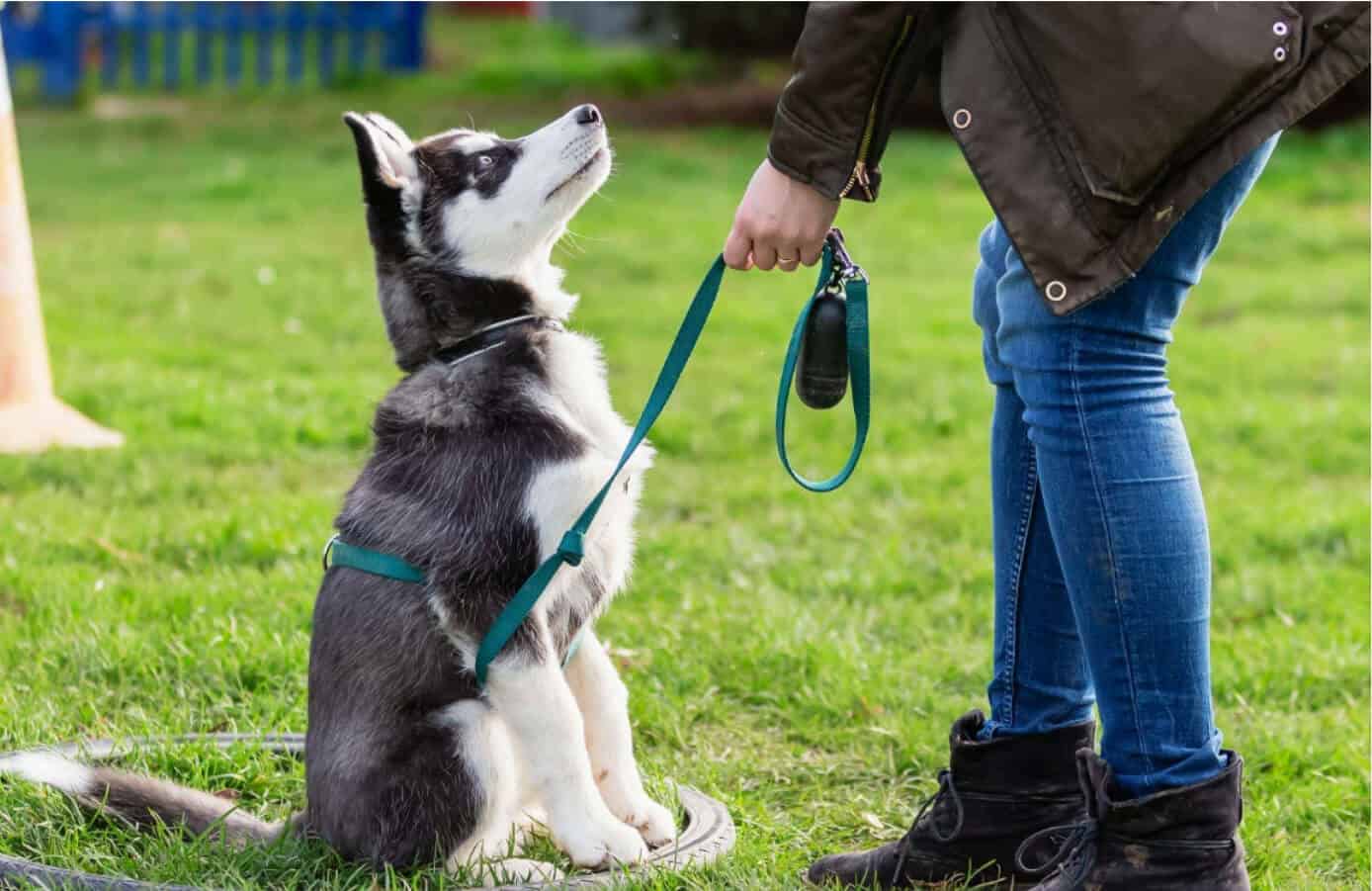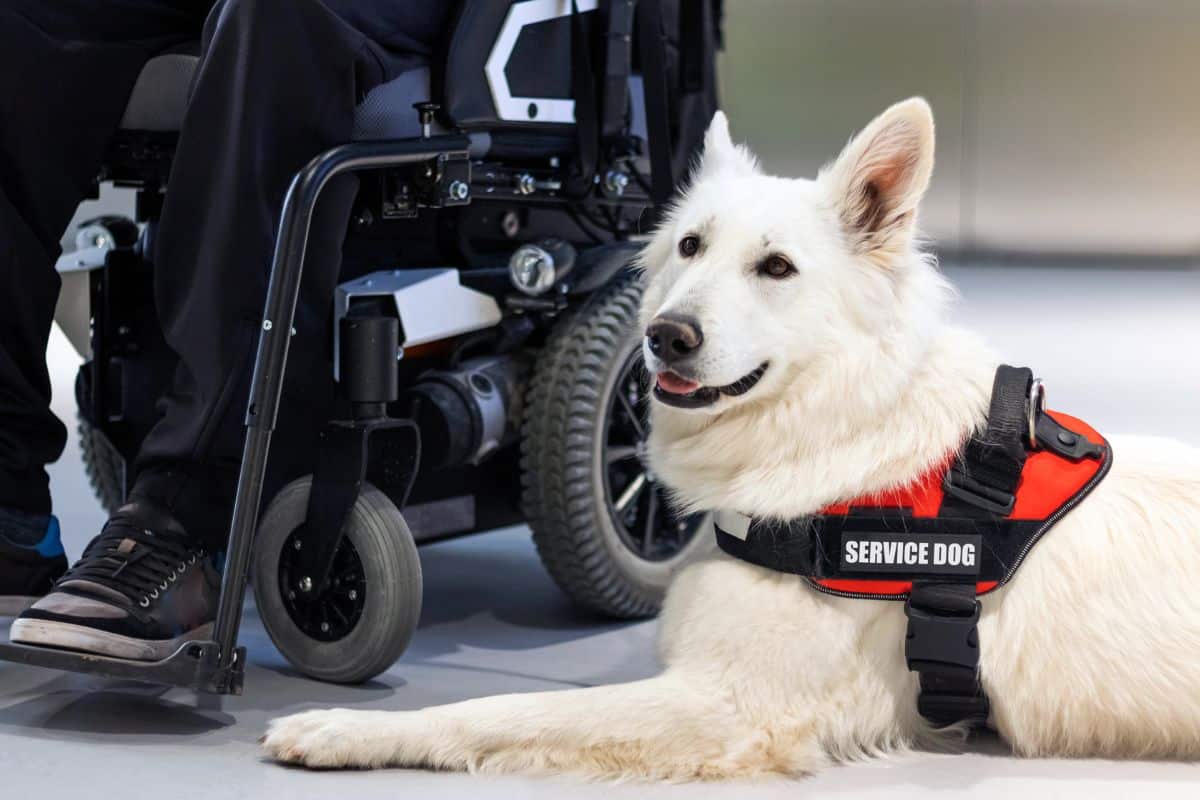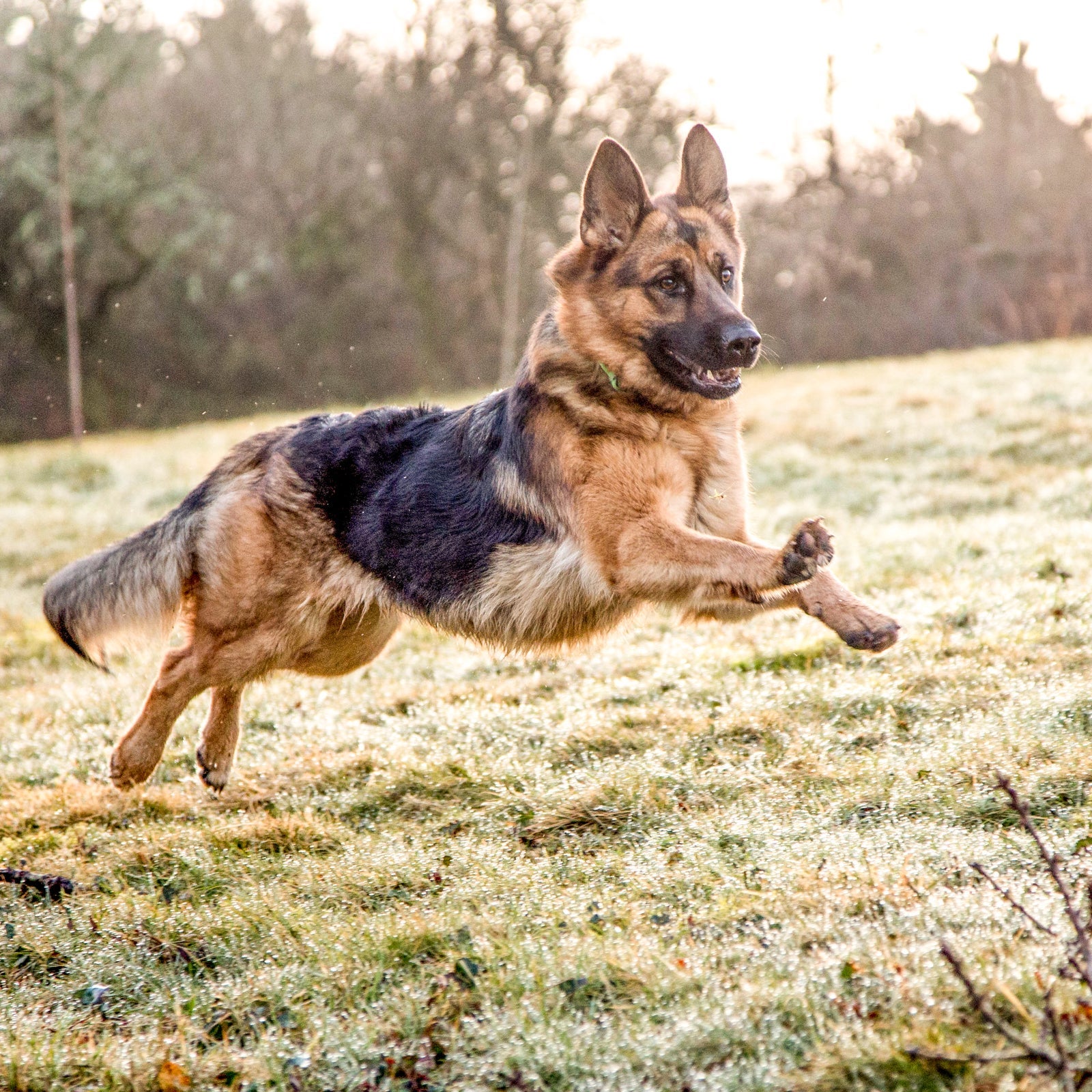Top Canine Educating Techniques Every Proprietor Should Know

Positive Support Techniques
Making use of favorable reinforcement methods is important for effective pet training, as it fosters a relying on bond between the pet and the trainer. This technique concentrates on gratifying desirable actions instead than penalizing undesirable ones, creating an environment for learning. Incentives can include deals with, praise, or play, which inspire canines to repeat the behaviors that make them these incentives.

Moreover, this technique boosts the dog's enthusiasm for training sessions. When dogs associate training with positive experiences, they are a lot more engaged and receptive. Beyond prompt behavior alteration, favorable reinforcement urges a collective partnership in between the pet and fitness instructor, decreasing anxiousness and worry
To maximize efficiency, it is vital to provide rewards quickly, guaranteeing the dog attaches the habits with the reinforcement. Essentially, positive support techniques not just produce better-trained pet dogs but likewise promote an unified partnership in between canine and owner.
Clicker Training Technique
The remote control training technique is an extremely efficient strategy that constructs upon the concepts of positive reinforcement by including a distinctive audio to mark preferred actions. This approach utilizes a little handheld gadget that produces a clicking sound, allowing instructors to connect with their pets in a immediate and clear manner. When a canine performs a behavior that the proprietor wants to motivate, the clicker is turned on, followed by a reward, normally in the type of deals with or appreciation.
The trick to successful remote control training hinges on consistency and timing. It is crucial to click at the exact minute the preferred behavior takes place, guaranteeing that the canine associates the sound with the activity and the subsequent incentive. This method not only improves communication but likewise promotes a more powerful bond between the owner and the dog, as it motivates interaction and interaction throughout training sessions.
Remote control training can be applied to a variety of commands and actions, from basic obedience to a lot more complex methods. Its convenience and efficiency make it a favored strategy amongst professional fitness instructors and pet dog owners alike, leading the way for a responsive and well-trained canine friend.
Chain Training Fundamentals
Efficient leash training is necessary for guaranteeing a enjoyable and risk-free strolling experience for both dogs and their owners. A flat collar may work for some pets, while others may benefit from visit our website a harness that decreases drawing.
Present your pet to the chain progressively, permitting them to explore it in a comfy environment. Practice loose-leash walking once they are accustomed. This includes gratifying your pet for strolling next to you instead of drawing ahead. Use treats and praise to strengthen preferred habits, and make certain to continue to be assertive and tranquil.
If your pet dog begins to pull, quit strolling promptly. Wait until they go back to your side prior to resuming. This teaches them that pulling does not lead to progress. Furthermore, practice various walking atmospheres to help your pet dog adjust to diversions.
Regular technique will certainly strengthen your dog's understanding of chain etiquette. Remember that chain training is a recurring procedure; persistence and consistency will generate the most effective outcomes, fostering a positive experience for both you and your canine companion.
Socialization Techniques
Socializing is an important facet of dog training that must ideally start during puppyhood yet can be helpful at any age. Efficient socializing aids pet dogs develop self-confidence and lowers the probability of behavior concerns. To apply effective socialization approaches, subject your pet to a range of environments, people, and other pets.
Begin with regulated setups, such as young puppy courses or arranged playgroups, where young canines can connect safely. Progressively introduce your pet dog to brand-new experiences, including different noises, surface areas, and activities. Ensure these experiences are favorable and satisfying to establish a complacency.
For adult pet dogs or those lacking exposure, begin with low-stress scenarios. Short, positive interactions with tranquil dogs and friendly people can create positive associations. Use deals with and appreciation to reinforce desirable behaviors during these experiences.

Consistency and Persistence
Recognizing the relevance of uniformity and perseverance in pet training is necessary for attaining long-term results. Training a pet dog is a steady process that calls for a structured method and unwavering dedication from the proprietor. Each command or actions have to be reinforced regularly to help the pet comprehend what is expected of them. Irregular training can bring about complication, making it difficult for the pet to comprehend behaviors or commands, ultimately hindering progress.
Pet dogs, like human beings, learn at their own rate. This fosters a relying on partnership in between the pet and owner, urging a more passionate and eager learner.
To grow uniformity and patience, establish a regular training regular, utilize the exact same commands, and ensure that all family members apply the very same training concepts - Dog training. By doing so, you create a steady atmosphere for learning, enabling your dog to prosper and establish right into a well-behaved companion
Verdict
In verdict, effective canine training methods, such as positive reinforcement, clicker training, and appropriate leash training, are necessary for promoting a healthy owner-dog partnership. In addition, implementing socialization methods and maintaining consistency and persistence throughout the training procedure contributes substantially to a canine's overall well-being. By incorporating these approaches, canine owners can promote the development of well-adjusted, obedient pets, inevitably boosting the lifestyle for both the dog and the owner.
Among the most prominent approaches are positive support, clicker training, and chain training, each offering unique advantages that contribute to a well-behaved pet dog. As we discover these fundamental methods, it becomes obvious that visit the website understanding their subtleties can considerably influence the training experience and the pet dog's general behavior.Using positive support methods is crucial for efficient pet training, as it fosters a trusting bond between the dog and the instructor.In final thought, effective pet training strategies, such as favorable reinforcement, remote control training, and correct leash training, are important for promoting a healthy owner-dog relationship. By incorporating these methods, dog owners can assist in the growth of well-adjusted, loyal family pets, inevitably enhancing the high quality of life for both the pet dog and the proprietor.